Evolving Gaming Technology
Technological advancements play a pivotal role in shaping the Massive Multiplayer Online MMO Games Market. The integration of cutting-edge technologies such as virtual reality (VR) and augmented reality (AR) is transforming the gaming experience, making it more immersive and interactive. As of 2025, the adoption of these technologies is on the rise, with many developers investing in VR-compatible titles. This evolution not only enhances gameplay but also attracts new players who are eager to experience the latest innovations. Consequently, the Massive Multiplayer Online MMO Games Market is likely to witness significant growth as technology continues to evolve.
Increased Player Engagement
The Massive Multiplayer Online MMO Games Market experiences heightened player engagement due to the immersive nature of these games. Players are drawn into expansive virtual worlds that offer rich narratives and interactive experiences. This engagement is further amplified by the introduction of regular content updates and expansions, which keep the player base active and invested. As of 2025, the industry has seen a notable increase in average playtime per user, with many players dedicating several hours daily to their favorite titles. This trend suggests that developers are successfully creating environments that foster long-term commitment, which is crucial for the sustainability of the Massive Multiplayer Online MMO Games Market.
Diverse Monetization Strategies
The Massive Multiplayer Online MMO Games Market is characterized by a variety of monetization strategies that cater to different player preferences. From subscription models to free-to-play formats with microtransactions, developers are exploring innovative ways to generate revenue. As of 2025, it is estimated that the industry generates billions in revenue annually, with a significant portion coming from in-game purchases. This diversity in monetization not only enhances profitability but also allows players to choose how they wish to engage with the game. Such flexibility is likely to attract a broader audience, thereby expanding the overall market.
Community-Driven Content Creation
The Massive Multiplayer Online MMO Games Market benefits from community-driven content creation, which fosters a sense of ownership among players. Many games now allow users to create and share their own content, such as mods, skins, and quests. This trend not only enriches the gaming experience but also encourages player retention, as users are more likely to stay engaged in a game that they can influence. As of 2025, a substantial percentage of popular MMOs have integrated user-generated content into their ecosystems, indicating a shift towards collaborative gaming. This dynamic is likely to enhance the overall appeal of the Massive Multiplayer Online MMO Games Market.
Rise of Esports and Competitive Gaming
The rise of esports has significantly impacted the Massive Multiplayer Online MMO Games Market, creating new opportunities for player engagement and revenue generation. Competitive gaming events attract millions of viewers and participants, fostering a vibrant community around popular titles. As of 2025, the esports sector is projected to continue its upward trajectory, with increasing sponsorship deals and prize pools. This trend not only elevates the status of MMO games but also encourages developers to invest in competitive features, thereby enhancing the overall gaming experience. The integration of esports into the Massive Multiplayer Online MMO Games Market is likely to drive further growth and innovation.


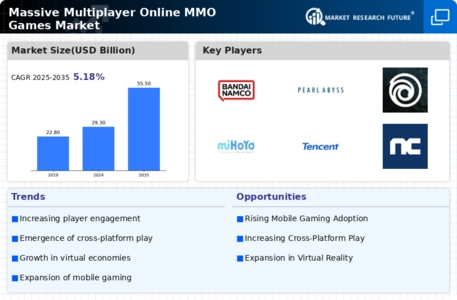

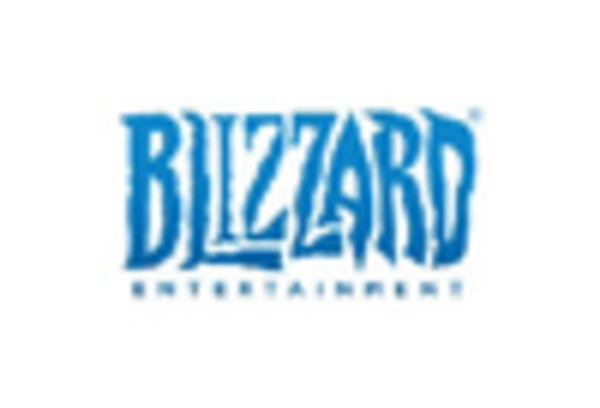
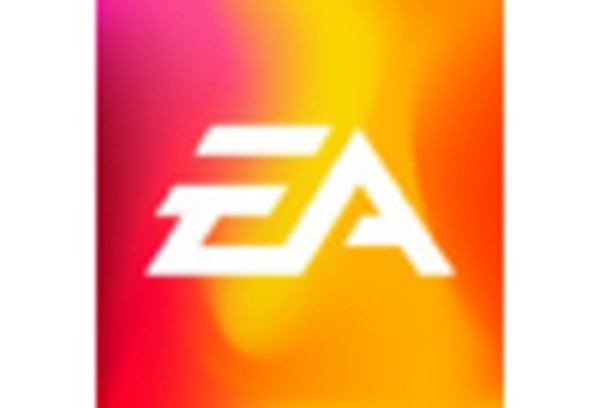
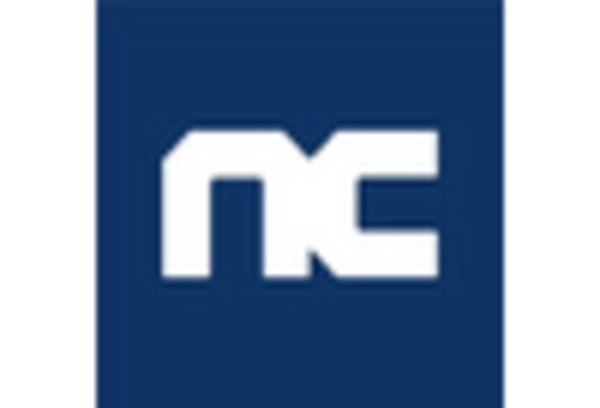
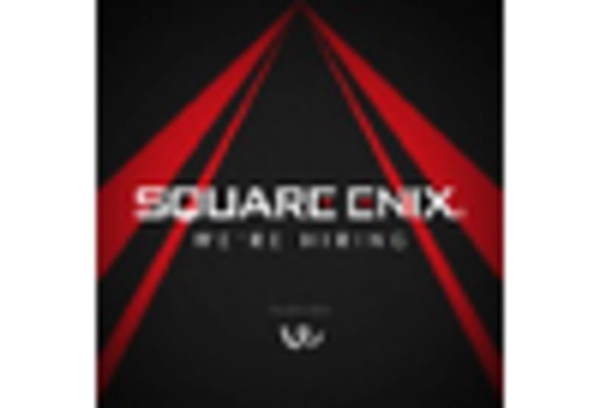
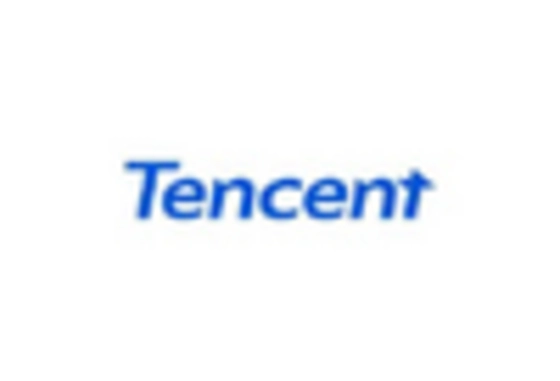








Leave a Comment